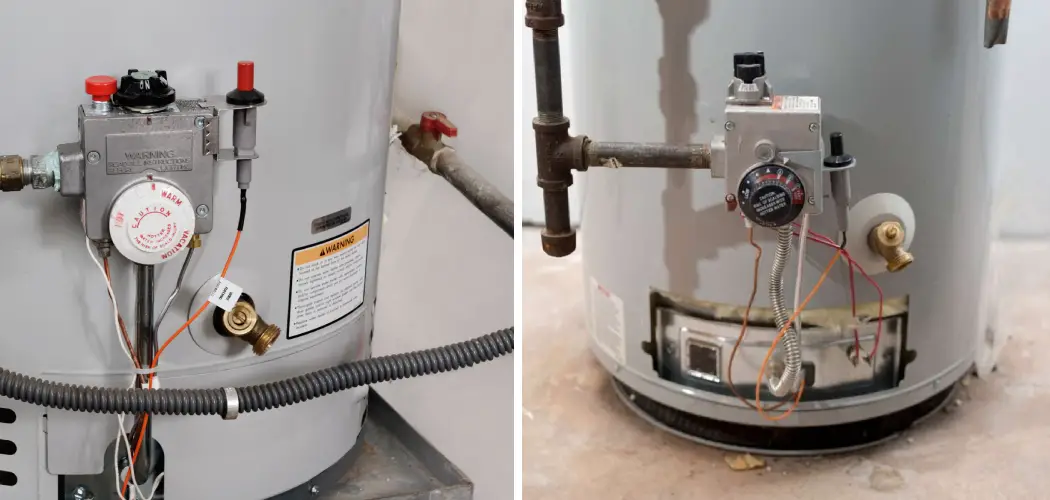Flushing sediment out of your water heater is an important maintenance task that should be done at least once a year. Sediment build-up can cause several issues with your water heater, including reduced efficiency and damage to the heating elements or tank itself.
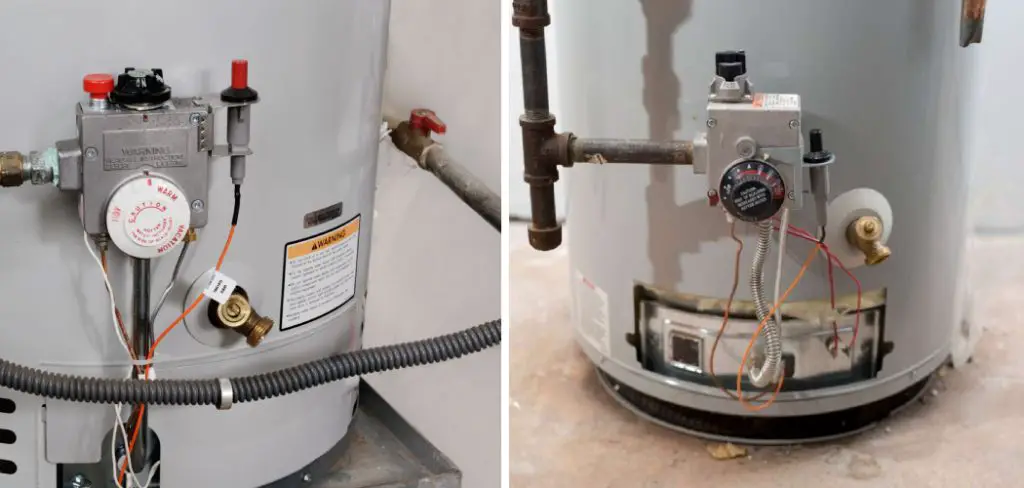
The main advantage of knowing to flush sediment out of water heater is that it helps in maintaining the efficiency and longevity of your water heating system. Sediment build-up in a water heater can lead to decreased heat transfer, resulting in higher energy consumption and shorter lifespan of the unit. Read this blog post to learn how to flush sediment out of water heater.
Step-by-step Instructions for How to Flush Sediment Out of Water Heater
Step 1: Inspect the Heater
The first step in flushing out sediment from your water heater is to inspect the unit. Look for any signs of rust or corrosion, which may indicate a more serious problem that requires professional attention. Also, check for leaks and make sure all connections are secure before proceeding with the flush.
Step 2: Turn Off Power
Before beginning the flushing process, turn off the power supply to your water heater. This can usually be done by switching off the circuit breaker or turning off the gas valve, depending on the type of water heater you have. Next, turn off the water supply to your water heater. You can either shut off the main water supply or use a shutoff valve located near the water heater.
Step 3: Drain the Tank
Attach a garden hose to the drain valve at the bottom of your water heater and place the other end in a nearby floor drain or outside. Open the valve to allow water to flow out of the tank until it is completely drained. Once all water has been drained, turn the water supply back on for a brief moment to stir up and flush out any remaining sediment in the tank.
Step 4: Repeat Flushing Process
Repeat steps 4 and 5 until the water runs clear from the garden hose, indicating that all sediment has been flushed out of the tank. Close the drain valve and remove the garden hose. Turn on the water supply to your water heater and allow it to refill. Be sure to check for any leaks during this process.
Step 5: Turn Power Back On
Once the tank is full, turn the power supply back on to your water heater. If you have a gas water heater, be sure to follow the manufacturer’s instructions for relighting the pilot light. After completing the flushing process, check for optimal performance from your water heater. This should include faster heating times and improved overall efficiency.
By following these simple steps, you can easily flush sediment out of your water heater and ensure its longevity and efficiency. Regular flushing is recommended every 6-12 months to prevent sediment build-up and maintain the performance of your water heating system.
Other Benefits of Knowing How to Flush Sediment Out of Water Heater
1. Improved Water Quality
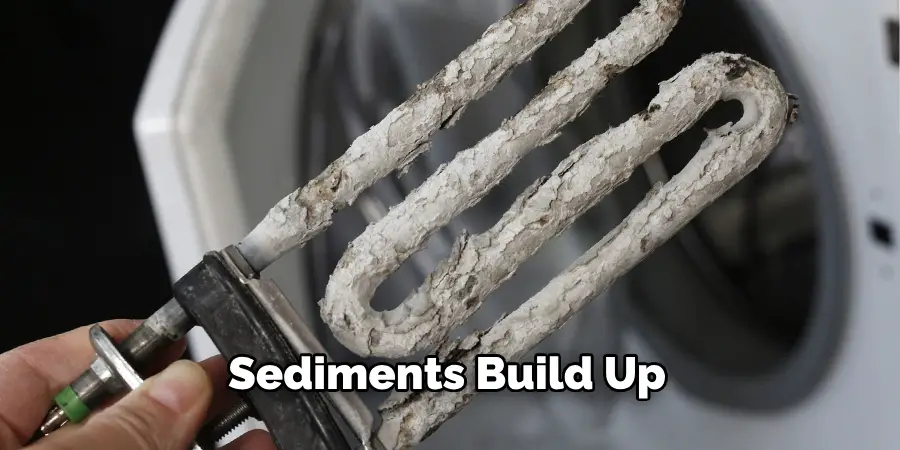
When sediments build up in your water heater, it can affect the quality of your water. This can lead to a foul smell or taste, as well as discoloration. By regularly flushing out sediment, you can ensure that your water is clean and free from any impurities.
2. Increased Energy Efficiency
Sediment buildup in your water heater can also decrease its energy efficiency. When sediment covers the heating element, it takes longer for the water to heat up, which means your heater has to work harder and use more energy. By regularly flushing out sediments, you can help your water heater operate at its optimal level and save money on your energy bills.
3. Extended Lifespan of Your Water Heater
Sediment buildup can also cause damage to your water heater over time. When sediment settles at the bottom of the tank, it can corrode the inner lining and lead to leaks and other issues. By flushing out sediments regularly, you can prevent this damage and extend the lifespan of your water heater.
4. Cost Savings
By knowing how to flush sediment out of your water heater, you can save money in the long run. By regularly maintaining your water heater, you can avoid costly repairs or even having to replace it entirely. Additionally, by improving energy efficiency and preventing damage, you can also see a decrease in your monthly utility bills.
5. Peace of Mind
Knowing how to flush sediment out of your water heater gives you peace of mind that your water heater is functioning properly.
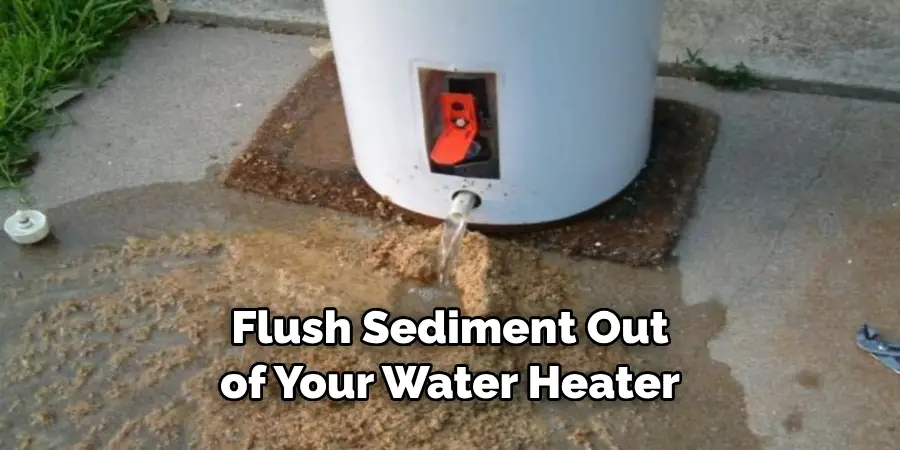
You can rest easy knowing that your water is clean, your energy bills are reasonable, and your appliance has a longer lifespan. With regular maintenance and flushing out sediments, you can avoid potential issues and enjoy hot water whenever you need it.
So, it’s always beneficial to have the knowledge of how to flush sediment out of a water heater. It not only helps keep your water heater running efficiently, but it also has other added benefits such as improved water quality, cost savings, and peace of mind.
Tips for How to Flush Sediment Out of Water Heater
- Be sure to turn off all electrical power to the water heater before attempting to flush sediment out. This is extremely important as it can prevent any potential accidents or injuries.
- Wear protective gear, such as gloves and goggles, when handling hot water or chemicals during the flushing process.
- Always follow the manufacturer’s instructions for your specific water heater model when flushing out sediment.
- Make sure the water heater has completely cooled down before proceeding with the flushing process.
- Have a bucket or hose ready to catch the sediment and dispose of it properly.
- If using chemicals to help dissolve the sediment, be sure to read and follow all safety warnings and instructions.
- Regularly flush out sediment from your water heater every 6-12 months to prevent buildup and extend the lifespan of your water heater.
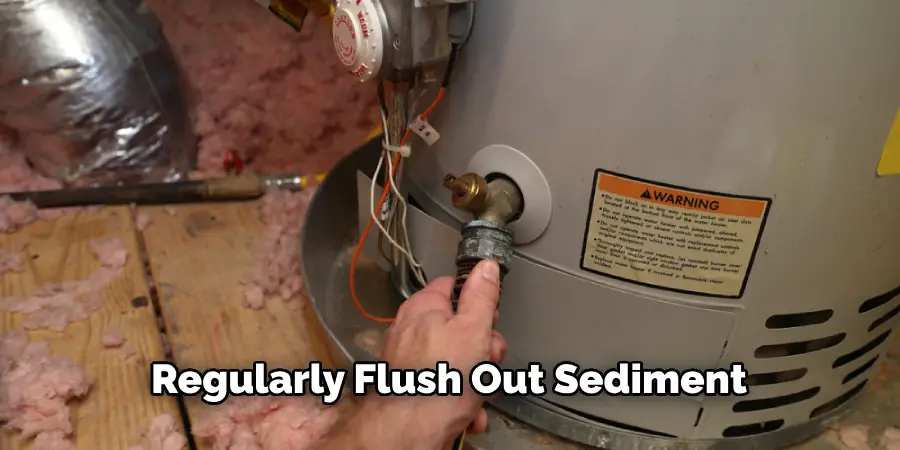
What Are the Potential Risks and Consequences if Sediment is Not Flushed Out of a Water Heater?
Water heaters are an essential component in many homes, providing hot water for various needs. However, like any other appliance, they require maintenance to function efficiently and last longer. One of the crucial maintenance tasks for a heater is flushing out sediment buildup.
Sediment buildup can occur due to the accumulation of minerals and other impurities from hard water over time. This sediment forms a layer at the bottom of the heater and can cause various issues if not flushed out regularly. If sediment is not flushed out of a water heater, it can lead to several risks and consequences, such as:
1. Reduced Efficiency
The presence of sediment in a water heater can reduce its efficiency significantly. This buildup insulates the heating element, making it difficult for heat to transfer to the water, resulting in longer heating times and higher energy bills.
2. Decreased Lifespan
As sediment continues to accumulate, it can lead to corrosion and rusting of the tank. This can weaken the tank’s structure and reduce its lifespan, eventually leading to leaks or complete failure.
3. Contaminated Water
Sediment buildup can also lead to contaminated water. As the sediment breaks down, it can mix with the hot water, making it murky and unpleasant to use. In extreme cases, this contaminated water can even lead to health issues if consumed.
4. Increased Maintenance Costs
Neglecting to flush out sediment from a water heater can result in costly repairs and replacements. The buildup of sediment can cause damage to various components in the heater, leading to frequent breakdowns and the need for professional interventions.
Overall, not flushing out sediment from a water heater can result in reduced performance, increased expenses, and potential health hazards. Therefore, it is crucial to regularly flush out sediment from your water heater to avoid these risks and consequences.

Are There Any Maintenance Tips to Prevent Sediment Buildup in a Water Heater After It Has Been Flushed?
After learning how to flush sediment out of a water heater, it is important to understand how to prevent it from building up again. Here are some common mistakes that people make when flushing their water heater that can result in sediment buildup:
1. Not Completely Draining the Tank
When flushing a water heater, it is crucial to completely drain the tank until there is no more sediment coming out. If any sediment is left behind, it can settle at the bottom of the tank and continue to build up.
2. Not Flushing Regularly
Many people think that flushing their water heater once is enough to prevent sediment buildup, but this is not the case. It is recommended to flush your water heater at least once a year to keep it functioning properly.
3. Not Turning Off the Power
Before starting the flushing process, it is important to turn off the power supply to the water heater. This includes turning off the gas or electricity depending on your heater type. Failure to do so can result in serious injuries and damage to your water heater.
4. Using Cold Water
When flushing a water heater, always use hot water. Using cold water can cause the sediment to harden and become more difficult to flush out.
5. Not Refilling Properly
After flushing, it is important to close all the valves and refill the tank before turning the power back on. Failure to do so can result in damage to your water heater.

Following these maintenance tips can help prevent sediment buildup after flushing your water heater. Other preventative measures include regularly checking the anode rod and replacing it if necessary, and using a water softener if you have hard water.
Conclusion
In conclusion, learning how to flush sediment out of a water heater is an essential skill for any homeowner. Not only does it improve the efficiency and lifespan of your water heater, but it also ensures the safety and quality of your water. However, there are common mistakes that people make when flushing their water heater that can lead to sediment buildup.
Remember to completely drain the tank, flush regularly, turn off the power, use hot water, and refill properly to prevent sediment buildup. I hope this article has been beneficial for learning how to flush sediment out of water heater. Make Sure the precautionary measures are followed chronologically.

